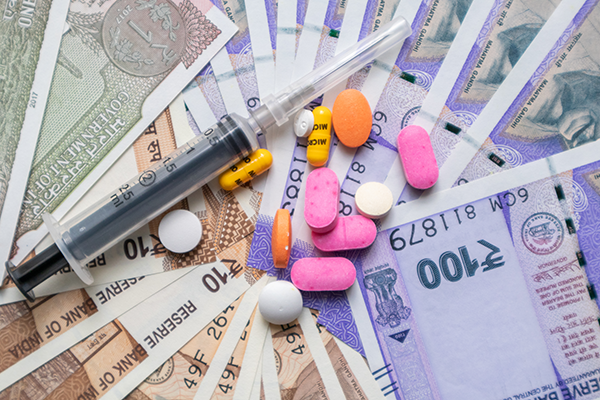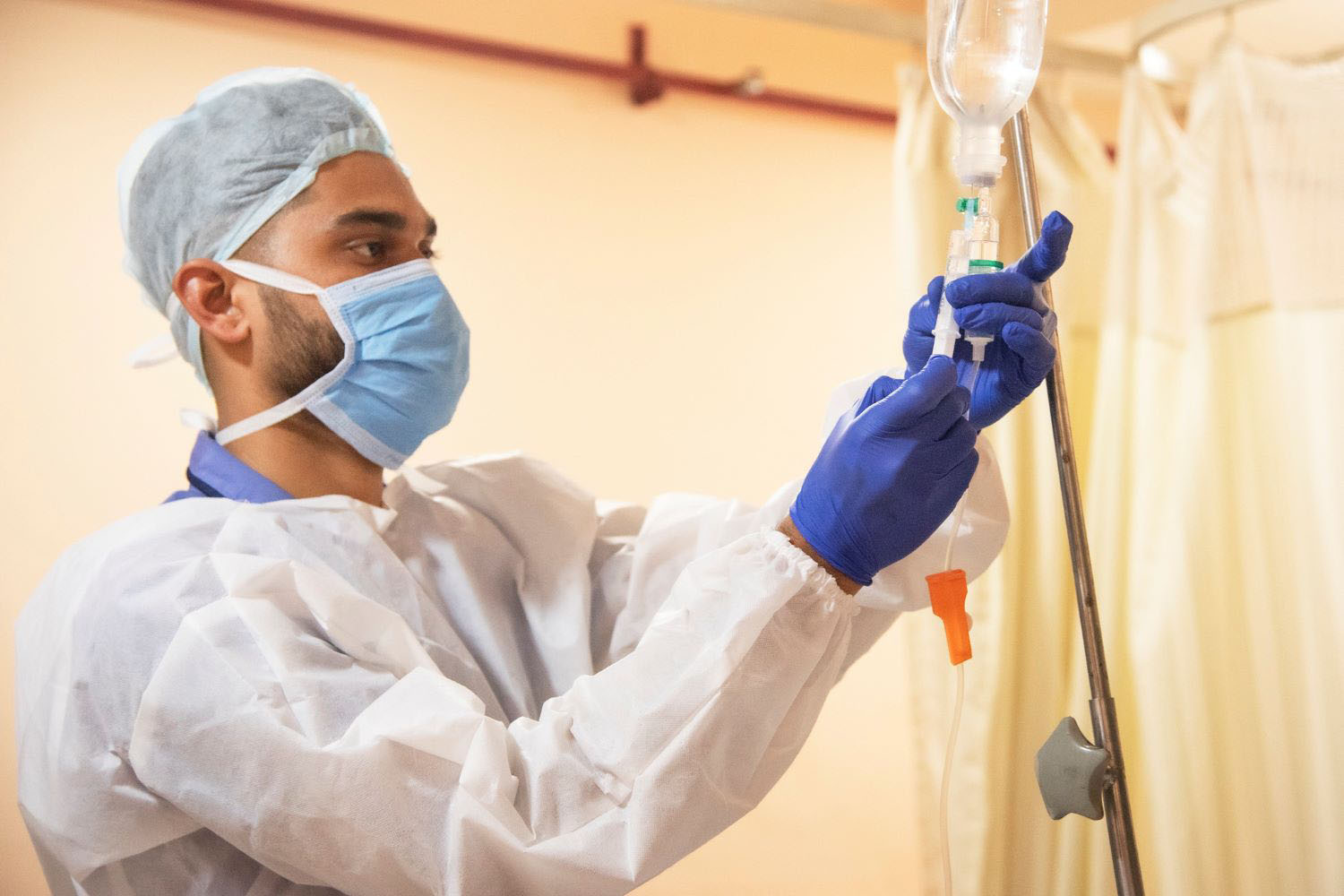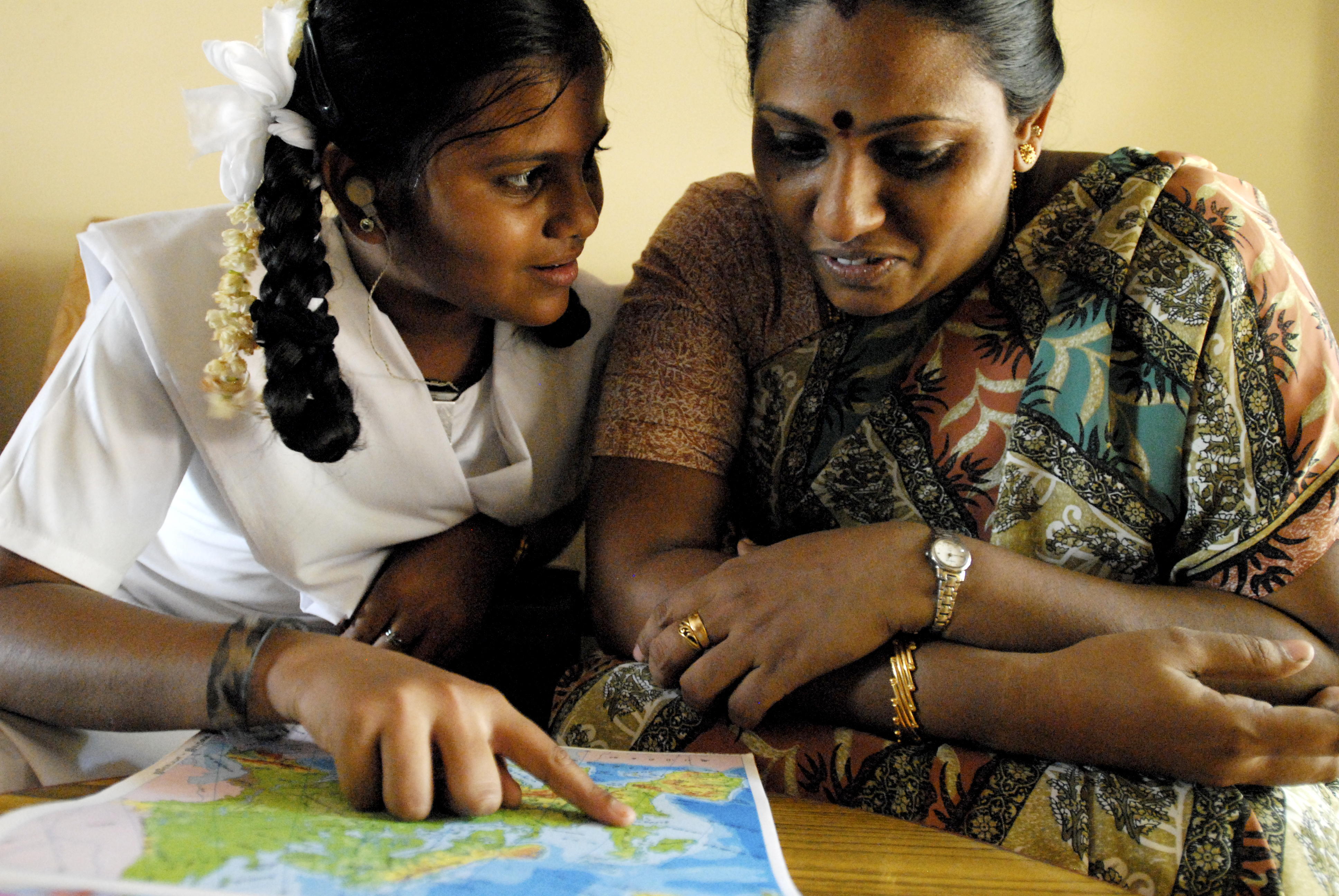This is a joint post with Nandini Oomman.
The White House State Dinner for visiting Prime Minister Manmohan Singh tonight is perhaps the biggest social event of the year in the nation's capital. The names of the 400 lucky people who have made it on to the guest list are yet to be released—the list has generated as much buzz as the event itself, both in Washington, DC and in India.
For those of us who immigrated from India to the United States two decades ago, it is hard to believe how much things have changed. At that time, India was barely visible on U.S. radar—as students, we fielded some interesting questions. Is India the same as Indonesia? Did we actually mean Indiana? The mention of Bangalore (home town for one of us) drew blank looks and the occasional—is that in Maine?
Things could not be more different now. India's significance to the United States is evident in the roles of immigrants and the larger Indian diaspora—in academia, Wall Street, Silicon Valley, and government—including Bobby Jindal, Raj Shah, and a host of Indian Americans playing key roles in the Obama Administration.
Then of course there was the grand display of Bollywood at last year's Oscars, with the success of Slumdog Millionaire, and a growing interest in all things Indian—its fashion, its cuisine and its role in the world. Indra Nooyi, one of the world's most powerful business executives and the first Indian-born woman to head a Fortune 500 company, chose to hold PepsiCo's Global Board Meeting in India earlier this month. "India is going to be the most important future market for the company. That is why we wanted the board members to see and understand this market," she told reporters a day before the meeting in Mumbai.
India's visibility in the United States is now enormous—it is seen as an ally, a great democracy, an economic powerhouse, and a fierce competitor. Bangalore is often recognized as the heart of India's Silicon Valley and the home of perhaps its most famous software company—InfoSys. It is also likely that India will be an important player and challenger to the U.S. pharmaceutical industry in the 21st century. Already, Indian manufacturers are supplying most of the world's vaccines and have made possible the scale-up of AIDS treatment programs through the provision of (relatively) low-priced generic anti-retrovirals. Moreover, like PepsiCo, multinational pharmaceutical companies are feeling the pull of the Indian market.
Of course, the relationship between India and the United States is not always smooth—recently, the Indians have been upset by the fact that President Obama chose to visit China before he visited India. And during the visit, Prime Minister Singh will raise difficult questions about the way Washington is dealing with the terrorism threat in Pakistan, whether Obama will continue the Bush Administration policies on transferring nuclear technology to meet India's growing energy needs, and the potential for further sales of U.S. military hardware to India. But based on all the guest-list-envy around town, one does get the feeling that the biggest hurdle—of perception—has been crossed, and that there is great potential for the India-U.S. relationship in the years ahead.
CGD blog posts reflect the views of the authors, drawing on prior research and experience in their areas of expertise.
CGD is a nonpartisan, independent organization and does not take institutional positions.





